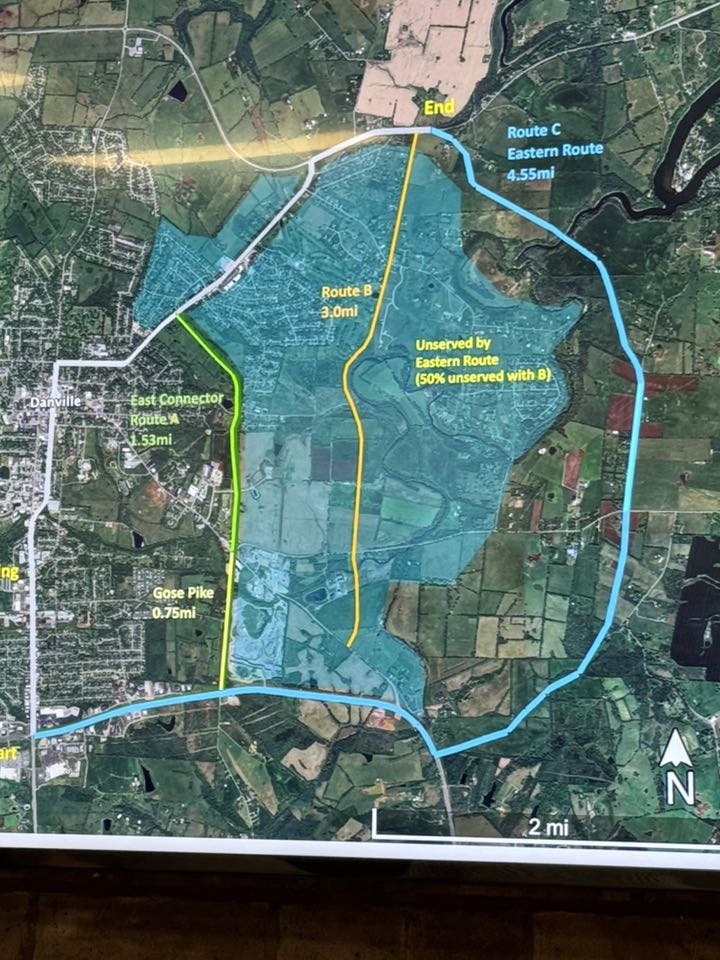Ag notes, Aug. 22
Published 8:16 am Tuesday, August 22, 2017
Properly handling beef cattle for animal and human safety
Having the proper handling facilities, understanding animal behavior and following safe handling techniques can make the chore of moving cattle from field to field or to the corral less stressful for the animal and producer.
When moving cattle, the position and movement of the handler is important. Cattle have a flight zone – the area around them that they do not like for people to enter. The size of this zone varies from animal to animal. The animal will move away when a person enters this zone and that trait can be used to move them from location to location.
Trending
Slowly approach the animal at a 45-degree angle from the rear and it will move away from you as you enter its flight zone. If you approach too rapidly or move in too closely, the animal may run away or turn back toward the handler. Try to stay on the edge of the flight zone. To get the animal to change directions, move up to its shoulders. When working with cattle, use increased caution around bulls and cows with newborn calves.
If you are planning to keep herd replacements from your calves, they should be graded for their temperament based on their behavior each time they are in the squeeze chute. Cull animals with wild or aggressive temperaments using the Beef Improvement Federation guidelines of 1. Docile. 2. Restless. 3. Nervous. 4. Flighty (wild). 5. Aggressive.
Avoid working cattle during extreme hot/humid or cold weather. Wear properly fitting clothing and protective footwear.
Make sure the handling facilities are sturdy and durable. It is also important to use proper and adequate restraining devices such as chutes. When constructing facilities be sure to take advantage of the natural behavior of animals. The facilities should funnel animals into the corral. Cattle move better when they think they are going to pasture, so the working area should be positioned to allow them to turn back toward the pasture.
Be especially cautious around animals that are handled less frequently or are agitated. Do not trust or take animals for granted or become complacent. Match age, experience and skill of the handler to the task. Also, remember bull and cows that have just calved should always be approached with caution.
Understanding animal behavior and following these critical safety factors should enable a producer to more efficiently handle his livestock while lessening the chance of injury to himself.
Trending
For more information on beef production, contact the Boyle County Cooperative Extension Service.
Educational programs of the Kentucky Cooperative Extension Service serve all people regardless of economic or social status and will not discriminate on the basis of race, color, ethnic origin, national origin, creed, religion, political belief, sex, sexual orientation, gender identity, gender expression, pregnancy, marital status, genetic information, age, veteran status, or physical or mental disability. University of Kentucky, Kentucky State University, U.S. Department of Agriculture, and Kentucky Counties, Cooperating.
Jerry Little, County Extension Agent for Agriculture/Natural Resources






